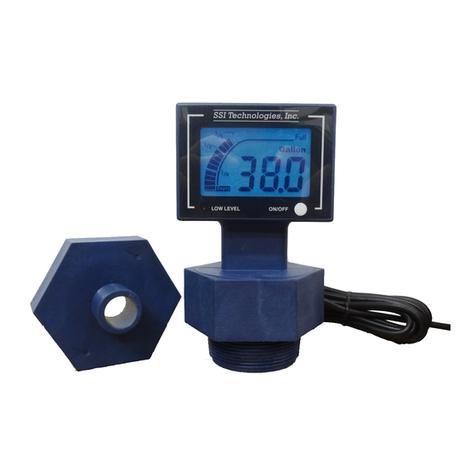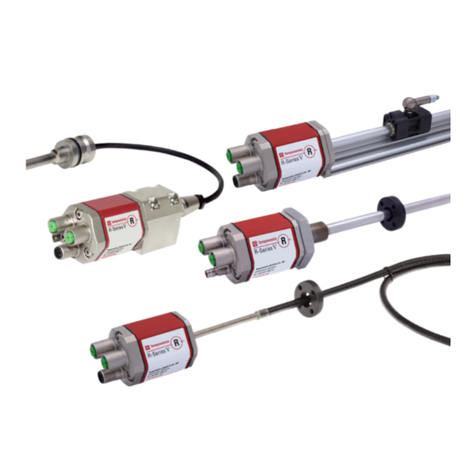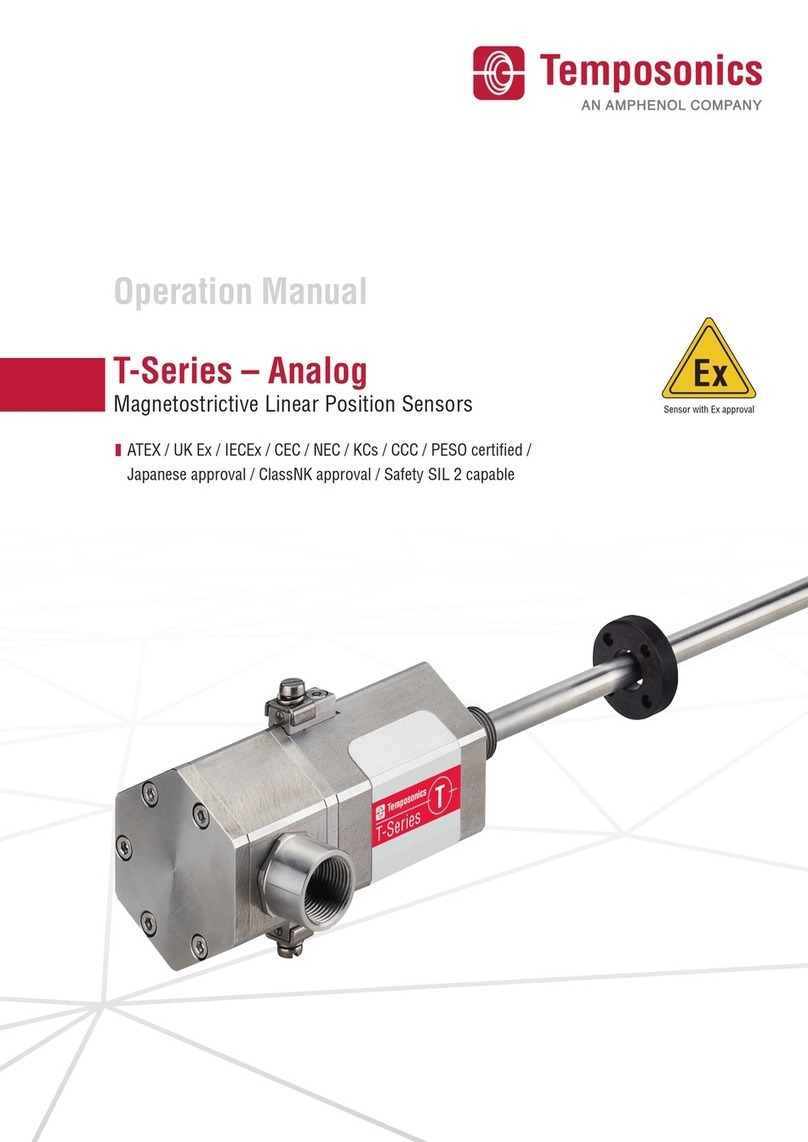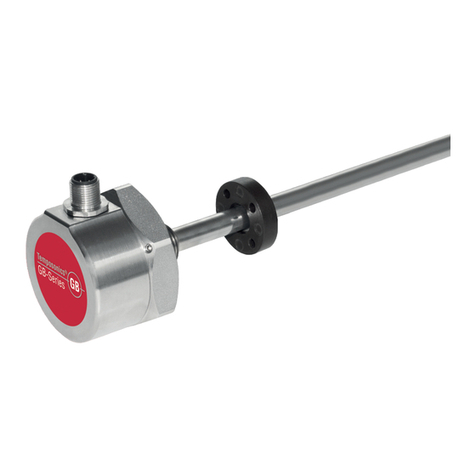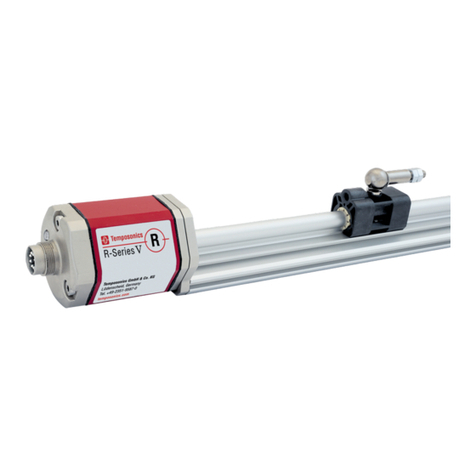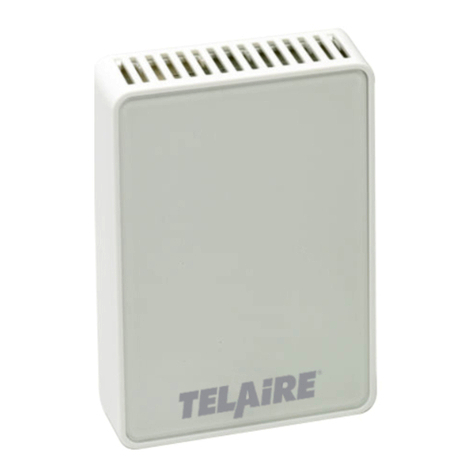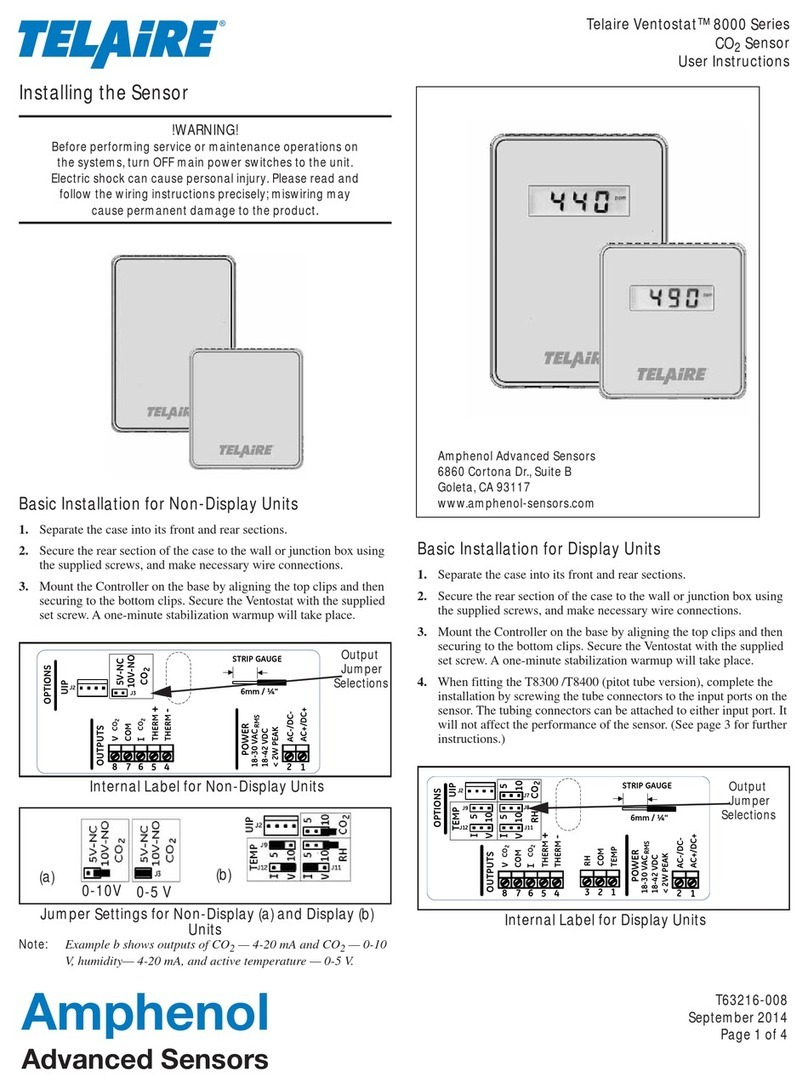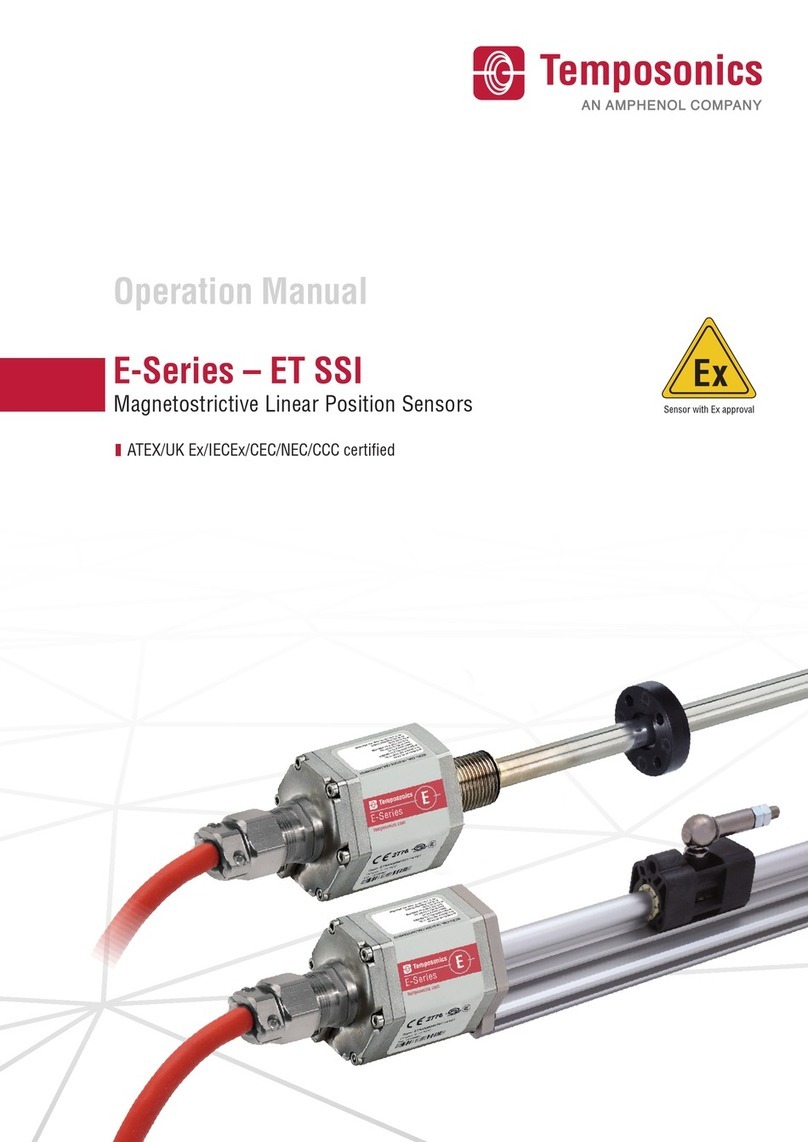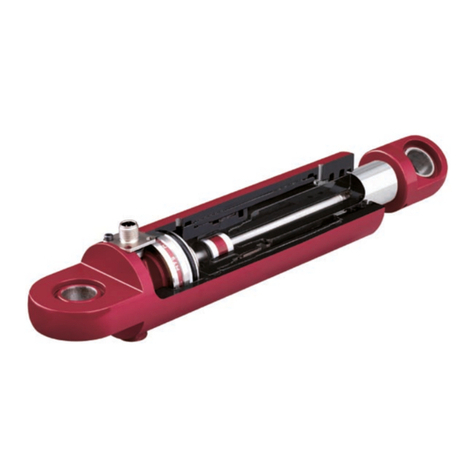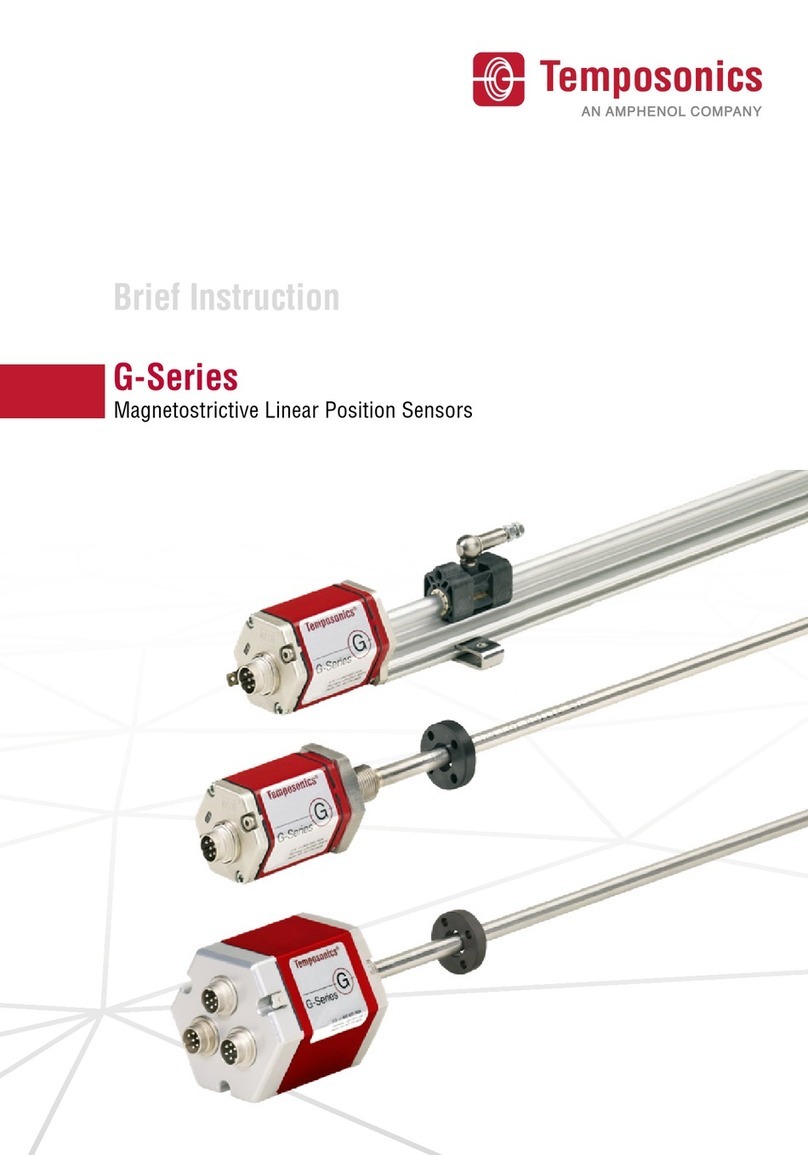
UNITED STATES
Temposonics, LLC
Phone: +1 919 677-0100
GERMANY
Temposonics GmbH & Co. KG
Phone: +49 2351 9587-0
ITALY
Branch Office
Phone: +39 030 988 3819
FRANCE
Branch Office
Phone: +33 614 060 728
UK
Branch Office
Phone: +44 79 21 83 05 86
SCANDINAVIA
Branch Offi ce
Phone: + 46 70 29 91 281
CHINA
Branch Office
Phone: +86 21 2415 1000 / 2415 1001
JAPAN
Branch Office
Phone: +81 3 6416 1063
© 2022 Temposonics, LLC – all rights reserved. Temposonics, LLC and Temposonics GmbH & Co. KG are subsidiaries of Amphenol Corporation. Except for any third party marks for
which attribution is provided herein, the company names and product names used in this document may be the registered trademarks or unregistered trademarks of Temposonics, LLC or
Temposonics GmbH & Co. KG. Detailed trademark ownership information is available at www.temposonics.com/trademarkownership.
UNITED STATES
MTS Systems Corporation
Sensors Division
3001 Sheldon Drive
Cary, NC 27513
Tel: 800-633-7609
Fax: 919-677-0200
800-498-4442
www.mtssensors.com
GERMANY
MTS Sensor Technologie
GmbH & Co. KG
Auf dem Schüffel 9
D - 58513 Lüdenscheid
Tel: +49 / 23 51 / 95 87-0
Fax: +49 / 23 51 / 56 491
www.mtssensor.de
info@mtssensor.de
JAPAN
MTS
Sensors Technology
Corporation
Ushikubo Bldg.
737 Aihara-cho, Machida-shi
Tokyo 194-0211, Japan
Tel: + 81 (42) 775.3838
Fax:+ 81 (42) 775.5512
www.mtssensor.co.jp
info@mtssensor.co.jp
PPaarrttNNuummbbeerr::0099--0044555500996666RReevviissiioonnBB
Temposonics is a registered trademark of MTS Systems Corporation.
All other trademarks are the property of their respective owners.
All Temposonics sensors are covered by US patent number 5,545,984. Additional patents are pending.
Printed in USA. Copyright© 2004 MTS Systems Corporation. All Rights Reserv e d.
Appendix A
G-Series Sensor Parameter Definitions G-Series LED Diagnostic Code Definitions
1. O
u
t
p
u
t
s
t
y
l
e
(
o
p
e
r
a
t
i
o
n
m
o
d
e
)
– The operation modes for the digital
pulse type sensors can be start/stop output or PWM output. For analog
type sensors, the operation mode can be voltage or current output.
2. I
n
t
e
r
r
o
g
a
t
i
o
n
t
y
p
e
(
m
o
d
e
)
– Indicates whether the sensor interrogation
is generated internally by the sensor hardware or externally by the
controller interface.
3. C
i
r
c
u
l
a
t
i
o
n
s
(
c
o
m
m
o
n
l
y
r
e
f
e
r
r
e
d
t
o
a
s
r
e
c
i
r
c
u
l
a
t
i
o
n
s
)
- Circulations are
the number of times that the sensor element is interrogated to produce a
position reading. By using multiple circulations strung together under one
internal time measurement, the effective resolution of the controller’s
clock is increased, thereby increasing position measurement resolution.
The additional interrogations also increase the sensor’s update time
proportionally.
4. S
e
n
s
o
r
f
i
r
m
w
a
r
e
v
e
r
s
i
o
n
– The version of firmware inside the sensor.
5. S
e
r
i
a
l
n
u
m
b
e
r
– The serial number of the sensor as originally produced.
6. G
r
a
d
i
e
n
t
– The gradient is the inverse of the rate at which a sonic strain
pulse propagates through the magnetostrictive waveguide, (gradient
values are about 9 µs/inch or 0.35 µs/mm). The sensor interface
hardware used determines the absolute position of the magnet by
dividing the difference in time between the Start signal and Stop signal
by the gradient.
7. C
y
c
l
e
t
i
m
e
– The cycle time is the amount of time necessary to perform
one internal measurement cycle of the sensor.
8. M
a
n
u
f
a
c
t
u
r
e
d
a
t
e
– The date the sensor was originally produced.
9. A
u
t
o
m
a
t
i
c
t
h
r
e
s
h
o
l
d
– Refers to sensor circuitry capable of
automatically adjusting to a specific position magnet.
10. S
E
t
h
r
e
s
h
o
l
d
v
o
l
t
a
g
e
/
D
i
g
i
t
a
l
t
h
r
e
s
h
o
l
d
l
e
v
e
l
– The voltage level at
which the return signal will be detected.
11. S
u
p
p
l
y
v
o
l
t
a
g
e
- The input voltage detected by the sensor. Refer to
the sensor model number for the sensor’s allowed input voltage range.
12. C
h
a
r
g
e
p
u
m
p
s
t
a
g
e
s
– Circuits responsible for generating the
interrogation current applied to the waveguide.
13. C
o
i
l
r
e
f
l
e
c
t
i
o
n
m
o
d
e
– Refers to a specific method of generating sensor
output signals. Reserved for an existing OEM interface.
14. S
e
n
s
o
r
m
o
d
e
l
n
u
m
b
e
r
(
a
s
m
a
n
u
f
a
c
t
u
r
e
d
)
– “Boxcar” model
configuration of the sensor as originally manufactured.
1. M
i
s
s
i
n
g
(
e
x
t
e
r
n
a
l
)
i
n
t
e
r
r
o
g
a
t
i
o
n
- If the sensor is a Start/Stop or PWM
output style, with external interrogation, then no interrogation signal has
been received over the timeout period. Standard timeout is 0.5 seconds.
2. M
a
g
n
e
t
s
i
g
n
a
l
w
e
a
k
- Sensor is still operating, but magnet placement
should be corrected to assure continued operation. (May also indicate
other problems that cause weak magnet return signals.)
3. P
o
w
e
r
o
u
t
o
f
r
a
n
g
e
(
h
i
g
h
o
r
l
o
w
)
- Supply voltage is nearly beyond the
acceptable limits. If voltage is low the sensor is still operating, but the
supply voltage should be corrected to assure continued operation. If the
voltage is high the sensor is still operating, but the sensor’s over-voltage
protection may engage, powering off the sensor temporarily. The over-
voltage should be corrected to assure continued operation and avoid
possible permanent damage.
UNITED STATES
MTS Systems Corporation
Sensors Division
3001 Sheldon Drive
Cary, NC 27513
Tel: 800-633-7609
Fax: 919-677-0200
800-498-4442
www.mtssensors.com
GERMANY
MTS Sensor Technologie
GmbH & Co. KG
Auf dem Schüffel 9
D - 58513 Lüdenscheid
Tel: +49 / 23 51 / 95 87-0
Fax: +49 / 23 51 / 56 491
www.mtssensor.de
info@mtssensor.de
JAPAN
MTS
Sensors Technology
Corporation
Ushikubo Bldg.
737 Aihara-cho, Machida-shi
Tokyo 194-0211, Japan
Tel: + 81 (42) 775.3838
Fax:+ 81 (42) 775.5512
www.mtssensor.co.jp
info@mtssensor.co.jp
PPaarrttNNuummbbeerr::0099--0044555500996666RReevviissiioonnBB
Temposonics is a registered trademark of MTS Systems Corporation.
All other trademarks are the property of their respective owners.
All Temposonics sensors are covered by US patent number 5,545,984. Additional patents are pending.
Printed in USA. Copyright© 2004 MTS Systems Corporation. All Rights Reserv e d.
Appendix A
G-Series Sensor Parameter Definitions G-Series LED Diagnostic Code Definitions
1. OOuuttppuuttssttyyllee((ooppeerraattiioonnmmooddee))– The operation modes for the digital
pulse type sensors can be start/stop output or PWM output. For analog
type sensors, the operation mode can be voltage or current output.
2. IInntteerrrrooggaattiioonnttyyppee((mmooddee))– Indicates whether the sensor interrogation
is generated internally by the sensor hardware or externally by the
controller interface.
3. CCiirrccuullaattiioonnss((ccoommmmoonnllyyrreeffeerrrreeddttooaassrreecciirrccuullaattiioonnss))- Circulations are
the number of times that the sensor element is interrogated to produce a
position reading. By using multiple circulations strung together under one
internal time measurement, the effective resolution of the controller’s
clock is increased, thereby increasing position measurement resolution.
The additional interrogations also increase the sensor’s update time
proportionally.
4. SSeennssoorrffiirrmmwwaarreevveerrssiioonn– The version of firmware inside the sensor.
5. SSeerriiaallnnuum
mbbeerr– The serial number of the sensor as originally produced.
6. GGrraaddiieenntt– The gradient is the inverse of the rate at which a sonic strain
pulse propagates through the magnetostrictive waveguide, (gradient
values are about 9 µs/inch or 0.35 µs/mm). The sensor interface
hardware used determines the absolute position of the magnet by
dividing the difference in time between the Start signal and Stop signal
by the gradient.
7. CCyycclleettiimmee– The cycle time is the amount of time necessary to perform
one internal measurement cycle of the sensor.
8. MMaannuuffaaccttuurreeddaattee– The date the sensor was originally produced.
9. AAuuttoommaattiicctthhrreesshhoolldd– Refers to sensor circuitry capable of
automatically adjusting to a specific position magnet.
10. SSEEtthhrreesshhoollddvvoollttaaggee//DDiiggiittaalltthhrreesshhoollddlleevveell– The voltage level at
which the return signal will be detected.
11. SSuuppppllyyvvoollttaaggee- The input voltage detected by the sensor. Refer to
the sensor model number for the sensor’s allowed input voltage range.
12. CChhaarrggeeppuummppssttaaggeess– Circuits responsible for generating the
interrogation current applied to the waveguide.
13. CCooiillrreefflleeccttiioonnmmooddee– Refers to a specific method of generating sensor
output signals. Reserved for an existing OEM interface.
14. SSeennssoorrmmooddeellnnuummbbeerr((aassmmaannuuffaaccttuurreedd))– “Boxcar” model
configuration of the sensor as originally manufactured.
1. MMiissssiinngg((eexxtteerrnnaall))iinntteerrrrooggaattiioonn- If the sensor is a Start/Stop or PWM
output style, with external interrogation, then no interrogation signal has
been received over the timeout period. Standard timeout is 0.5 seconds.
2. MMaaggnneettssiiggnnaallwweeaakk- Sensor is still operating, but magnet placement
should be corrected to assure continued operation. (May also indicate
other problems that cause weak magnet return signals.)
3. PPoowweerroouuttooffrraannggee((hhiigghhoorrl
looww))- Supply voltage is nearly beyond the
acceptable limits. If voltage is low the sensor is still operating, but the
supply voltage should be corrected to assure continued operation. If the
voltage is high the sensor is still operating, but the sensor’s over-voltage
protection may engage, powering off the sensor temporarily. The over-
voltage should be corrected to assure continued operation and avoid
possible permanent damage.
UNITED STATES
MTS Systems Corporation
Sensors Division
3001 Sheldon Drive
Cary, NC 27513
Tel: 800-633-7609
Fax: 919-677-0200
800-498-4442
www.mtssensors.com
GERMANY
MTS Sensor Technologie
GmbH & Co. KG
Auf dem Schüffel 9
D - 58513 Lüdenscheid
Tel: +49 / 23 51 / 95 87-0
Fax: +49 / 23 51 / 56 491
www.mtssensor.de
info@mtssensor.de
JAPAN
MTS
Sensors Technology
Corporation
Ushikubo Bldg.
737 Aihara-cho, Machida-shi
Tokyo 194-0211, Japan
Tel: + 81 (42) 775.3838
Fax:+ 81 (42) 775.5512
www.mtssensor.co.jp
info@mtssensor.co.jp
PPaarrttNNuummbbeerr::0099--0044555500996666RReevviissiioonnBB
Temposonics is a registered trademark of MTS Systems Corporation.
All other trademarks are the property of their respective owners.
All Temposonics sensors are covered by US patent number 5,545,984. Additional patents are pending.
Printed in USA. Copyright© 2004 MTS Systems Corporation. All Rights Reserv e d.
Appendix A
G-Series Sensor Parameter Definitions G-Series LED Diagnostic Code Definitions
1. OOuuttppuuttssttyyllee((ooppeerraattiioonnmmooddee))– The operation modes for the digital
pulse type sensors can be start/stop output or PWM output. For analog
type sensors, the operation mode can be voltage or current output.
2. IInntteerrrrooggaattiioonnttyyppee((mmooddee))– Indicates whether the sensor interrogation
is generated internally by the sensor hardware or externally by the
controller interface.
3. CCiirrccuullaattiioonnss((ccoommmmoonnllyyrreeffeerrrreeddttooaassrreecciirrccuullaattiioonnss))- Circulations are
the number of times that the sensor element is interrogated to produce a
position reading. By using multiple circulations strung together under one
internal time measurement, the effective resolution of the controller’s
clock is increased, thereby increasing position measurement resolution.
The additional interrogations also increase the sensor’s update time
proportionally.
4. SSeennssoorrffiirrmmwwaarreevveerrssiioonn– The version of firmware inside the sensor.
5. SSeerriiaallnnuum
mbbeerr– The serial number of the sensor as originally produced.
6. GGrraaddiieenntt– The gradient is the inverse of the rate at which a sonic strain
pulse propagates through the magnetostrictive waveguide, (gradient
values are about 9 µs/inch or 0.35 µs/mm). The sensor interface
hardware used determines the absolute position of the magnet by
dividing the difference in time between the Start signal and Stop signal
by the gradient.
7. CCyycclleettiimmee– The cycle time is the amount of time necessary to perform
one internal measurement cycle of the sensor.
8. MMaannuuffaaccttuurreeddaattee– The date the sensor was originally produced.
9. AAuuttoommaattiicctthhrreesshhoolldd– Refers to sensor circuitry capable of
automatically adjusting to a specific position magnet.
10. SSEEtthhrreesshhoollddvvoollttaaggee//DDiiggiittaalltthhrreesshhoollddlleevveell– The voltage level at
which the return signal will be detected.
11. SSuuppppllyyvvoollttaaggee- The input voltage detected by the sensor. Refer to
the sensor model number for the sensor’s allowed input voltage range.
12. CChhaarrggeeppuummppssttaaggeess– Circuits responsible for generating the
interrogation current applied to the waveguide.
13. CCooiillrreefflleeccttiioonnmmooddee– Refers to a specific method of generating sensor
output signals. Reserved for an existing OEM interface.
14. SSeennssoorrmmooddeellnnuummbbeerr((aassmmaannuuffaaccttuurreedd))– “Boxcar” model
configuration of the sensor as originally manufactured.
1. MMiissssiinngg((eexxtteerrnnaall))iinntteerrrrooggaattiioonn- If the sensor is a Start/Stop or PWM
output style, with external interrogation, then no interrogation signal has
been received over the timeout period. Standard timeout is 0.5 seconds.
2. MMaaggnneettssiiggnnaallwweeaakk- Sensor is still operating, but magnet placement
should be corrected to assure continued operation. (May also indicate
other problems that cause weak magnet return signals.)
3. PPoowweerroouuttooffrraannggee((hhiigghhoorrl
looww))- Supply voltage is nearly beyond the
acceptable limits. If voltage is low the sensor is still operating, but the
supply voltage should be corrected to assure continued operation. If the
voltage is high the sensor is still operating, but the sensor’s over-voltage
protection may engage, powering off the sensor temporarily. The over-
voltage should be corrected to assure continued operation and avoid
possible permanent damage.



